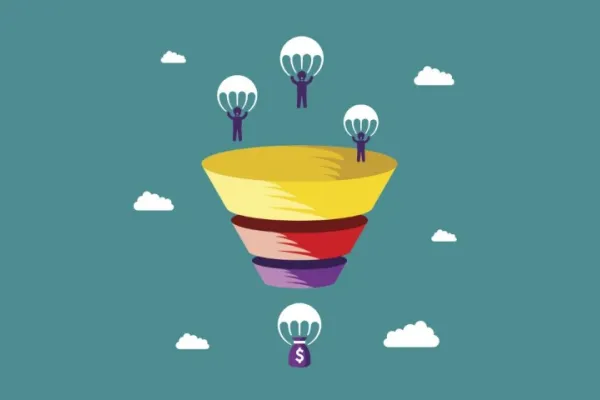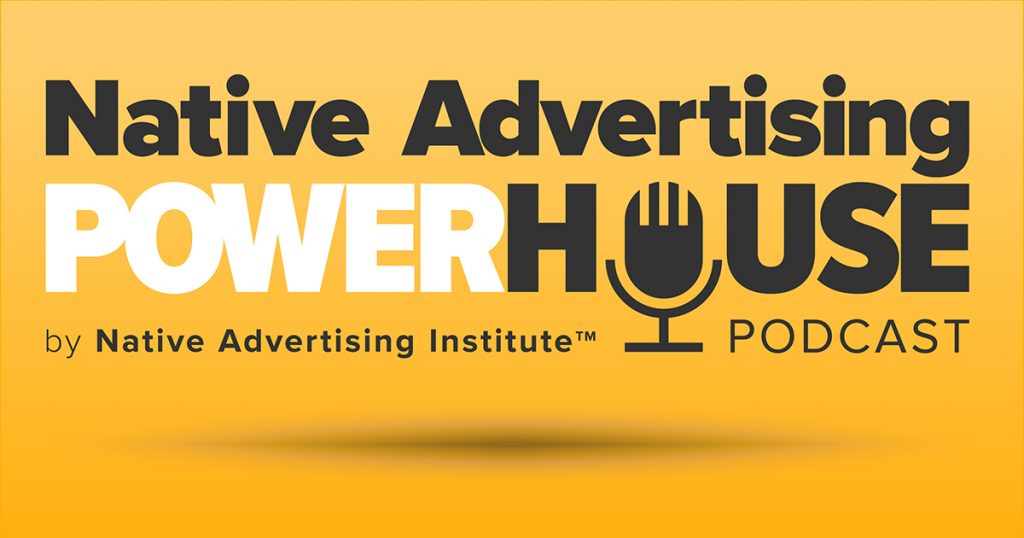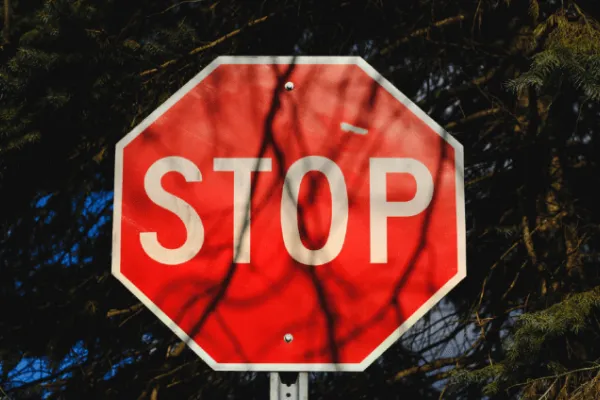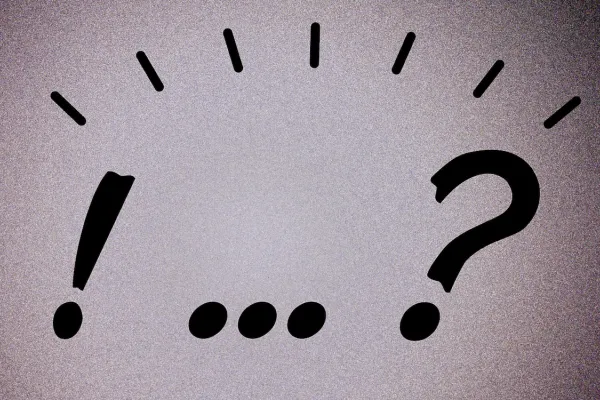
 Details
Details
No matter where consumers are in your funnel, content performance will depend on a combination of format, value, and timing.
When it comes to native advertising on the open web, a successful combination of these items will be different than with native search or social campaigns. On the open web, people are in a different mindset than they are with the aforementioned channels.
Open web users are browsing, looking for entertainment, and generally, more open to new things—search and social users usually have more intent, whether they’re searching for a specific item or piece of information, or interested in catching up on what their network has to share.
Here’s one marketer’s formula for a native advertising campaign on the open web that moves consumers all the way through the funnel, every time.
Video is one of the best ways to increase your audience pool, or top of the funnel leads, with people that are interested in your brand.
Top of the funnel: video content.
You’ve probably heard that if you’re not on board with video yet, you’re behind the curve—especially if you’re targeting mobile users.
In fact, a recent study from eMarketer shows that 44% of brands are jumping on board with mobile video to increase brand awareness, and 34% are doing so to reach more targeted audiences.
RELATED: 5 Great Branded Videos Over 90 Seconds
Those marketers are jumping on board for a reason—video is one of the best ways to increase your audience pool, or top of the funnel leads, with people that are interested in your brand.
For native distribution on the open web, video content and the top of the funnel are a perfect match. People there are in the mindset to discover something new. They’re primed to get to know a new brand they might not have heard of before, and video is an engaging and effective format for them to do so.
63.7% of marketers think that short-form video content is a valuable content type.
The perfect video
In order to make the perfect video to capture their attention, you’ll need:
- To keep it short. Another eMarketer study showed that 63.7% of marketers think that short-form video content is a valuable content type—due to short attention spans.
- To use a large format. Larger video ad formats make users feel more present, which makes them emotionally involved and increases their level of enjoyment, positivity, and ability to be persuaded. Think about the difference between interest at the movie theatre, and watching a movie on a phone. Viewers are more present when the screen is larger. The same applies to video ad formats online.
- A call to action (CTA) that’s crystal clear. If you want people to take action after they watch your video, you’ll have to tell them directly—elements like clickable banners or direct statements in your video are good options.
Combining these video tactics will leave you with a top of the funnel that’s full, and ready to be targeted for further qualification.
Setting up the campaign
So, you’ve got the perfect video, but you’re not just looking for brand awareness here. Here’s how to set up a campaign that will provide you with ample information to retarget those users later.
RELATED: Best Practices for Programmatic Native Advertising
To make sure you see these users again, you’ll need:
- To set up pixel-tracking. To qualify leads, I suggest tracking completed or nearly completed views.
- Targeting that fits your goals. For the right balance of quantity and quality leads, start your campaign targeting parameters broad, collect data on users that engage, and narrow your targeting based on your results.
- Retarget those who met your criteria. The audience that viewed the video is then used as a retargeting pool for demand-gen initiatives. Before retargeting, ensure the sites you’re advertising with are compliant with GDPR.
Combining these video tactics will leave you with a top of the funnel that’s full, and ready to be targeted for further qualification.
Retarget your previously pixel-targeted video viewers with article content, white papers and eBooks that are set up to collect leads.
Middle of the funnel: articles and gated content.
Once someone has watched one of your branded videos, they likely know who you are. If they completed that video, they likely enjoyed what they saw, and would be open to investing more of their time into content that requires a bit more focus.
That same study from eMarketer showed that 53.2% of marketers find blog post valuable, and 38.7% find white papers and eBooks valuable.
RELATED: A Successful Native Advertising Campaign Starts at the End
Retarget your previously pixel-targeted video viewers with article content, white papers and eBooks that are set up to collect leads.
For the best results, use content that:
- Is easy to read, and is immediately relevant to those users. Nuanced, niche, thought leadership pieces probably don’t belong here. To entice readers to click and download or subscribe, you’ll want something that they can immediately tell is valuable to them.
- Or, goes more in-depth on your video’s topic. If they completed viewing your video, you could retarget them with content that explores that topic more in-depth, since it’s already likely they’re interested.
If you’ve provided them valuable, relevant and timely information, they’re likely to give you their email address
Articles and gated content might not grab the attention of people on the open web as readily as video, which is why you’ll need enticing creatives and landing pages. For the best results:
RELATED: T Brand Studio: 12 Tips for Creating Killer Content
- Keep your headlines between 35 and 40 characters.
- Use colorful, uncluttered images of energetic people to build your creatives.
- Place your CTAs one-third of the way down your landing page, and at the bottom.
- Gamify or personalize your form, if possible.
At this point, the opportunity for users to build trust in your brand has happened twice—once when they watched your video, and now when consuming content.
If you’ve provided them valuable, relevant and timely information, they’re likely to give you their email address, and you can now directly target your qualified leads with information about your products and services.
You can now directly target the users on that list with information about your products and services
Bottom of the funnel: case studies and product landing pages.
You’ve built up a pool of people who have interacted with your brand multiple times, and shown that they have enough trust in your brand to give you their email address.
You can now directly target the users on that list with information about your products and services using the information you have collected about them, otherwise known as first-party data.
RELATED: Data Storytelling Will Raise the Bar for Native Advertising
Case studies are a good place to start—according to eMarketer, case studies are the third most valuable content type, with 62.1% of marketers finding them valuable. You can also leverage direct product landing pages.
If your native campaign has done its job, a large pool of users are likely to reach out for more information
For the best performance, choose content that:
- Solves the same problem addressed in your video and text-based content. This way, you know it’s relevant to your users from the beginning.
- Includes testimonials from previous customers. Testimonials from previous customers help to solidify trust in your brand before a purchase.
- Is succinct and personal. If possible, you want users to be able to convert through a funnel that’s personal to them, in the shortest amount of time possible.
If your native campaign has done its job, a large pool of users are likely to reach out for more information about your services or make a purchase.
While this content formula works well for native advertising on the open web, it’s always important to remember that your content type is only part of the battle. Providing valuable, genuine information for your target audience is the most important aspect of any digital campaign, and is truly what will move people through your funnel.




